Simulating and Understanding Localized Corrosion of Stainless Steels
VerifiedAdded on 2023/03/17
|11
|1069
|86
Report
AI Summary
This report investigates the critical issue of localized corrosion in additive manufactured stainless steels, a significant concern across various industries including oil, water pumps, and pipelines. The study emphasizes the combined effects of corrosion, erosion, and wear on metal deterioration, and the role of protective inert films. The research employs Finite Element (FE) models, including upper-bond methods and slip-line theory, and explores Micro-Scale Dynamical Models (MSDM) to simulate wear processes. The methodology includes analyzing the application of stainless steel in additive manufacturing, identifying the sources of localized corrosion, and characterizing the chemical and mechanical properties of the steel. It also covers the implementation of MSDM to simulate wear, the use of duplex stainless steels, and the application of Selective Laser Melting (SLM). The report provides a comparative analysis of different FE model results and a detailed literature review of previous research. The goal is to understand the growth of inert films and their impact on corrosion and wear, along with the influence of mechanical properties on corrosive wear. The study utilizes computational tools and numerical equations to develop FE models for simulation, with potential application of WebCorr's corrosion prediction software.
1 out of 11
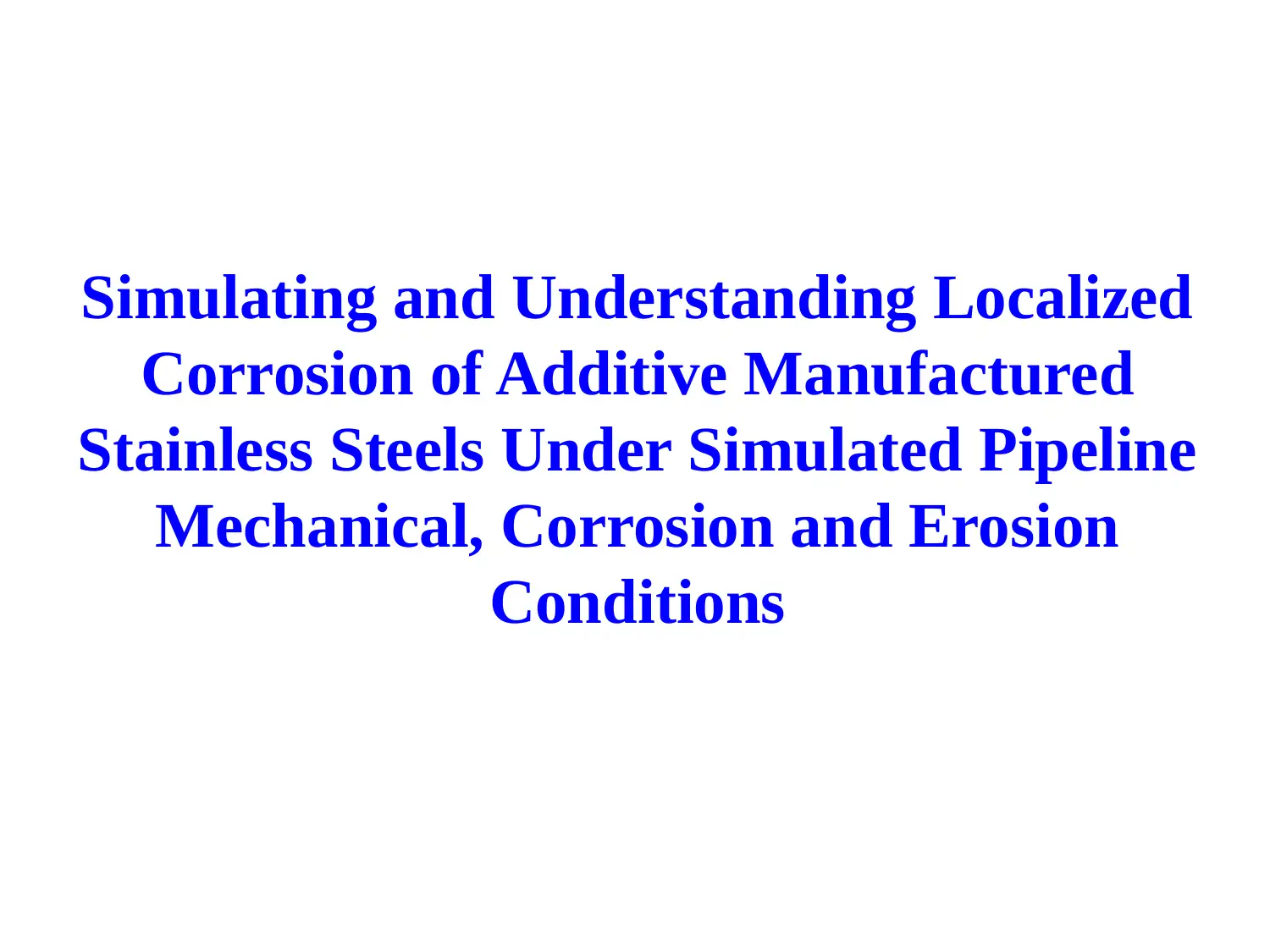
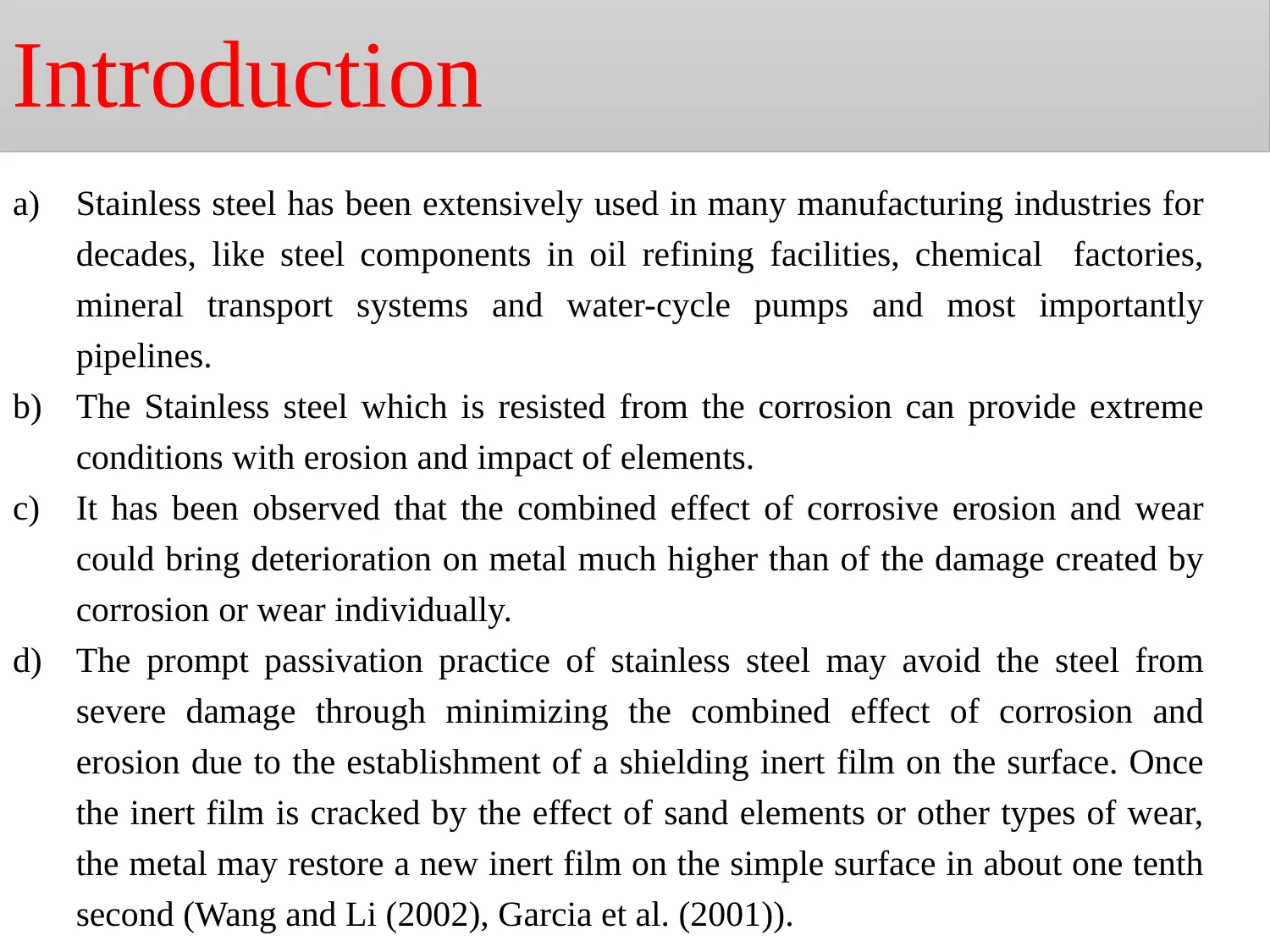
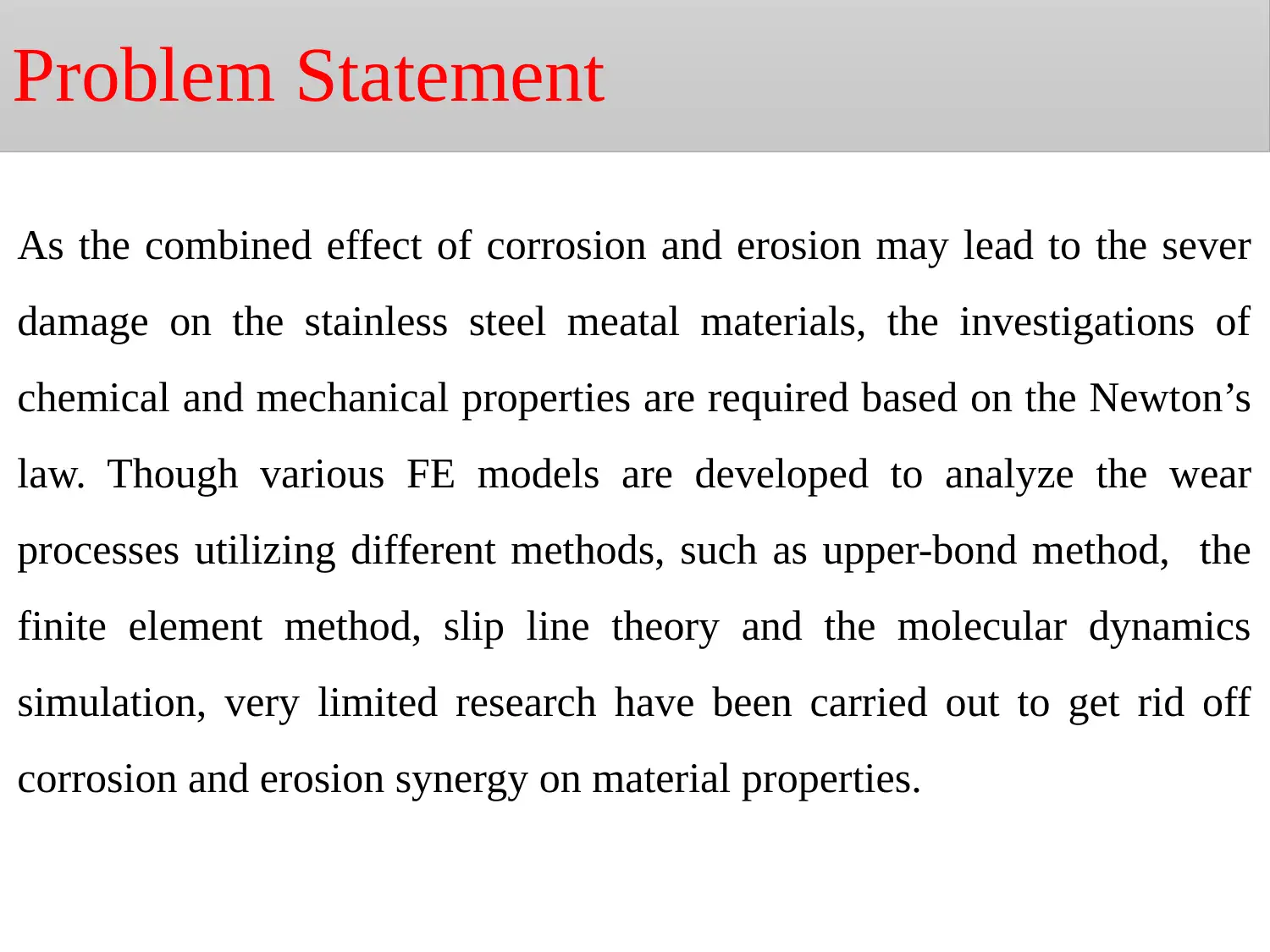

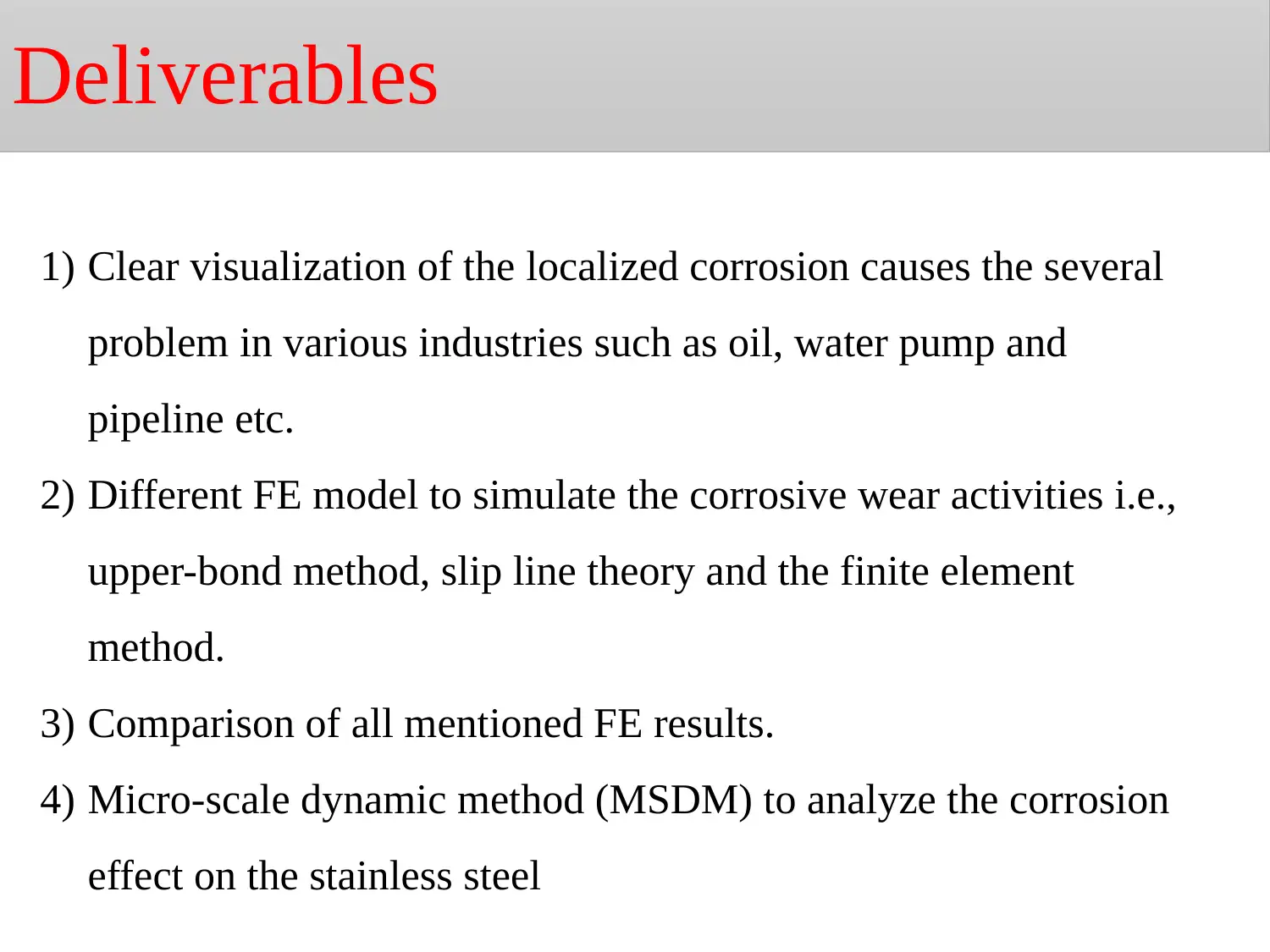
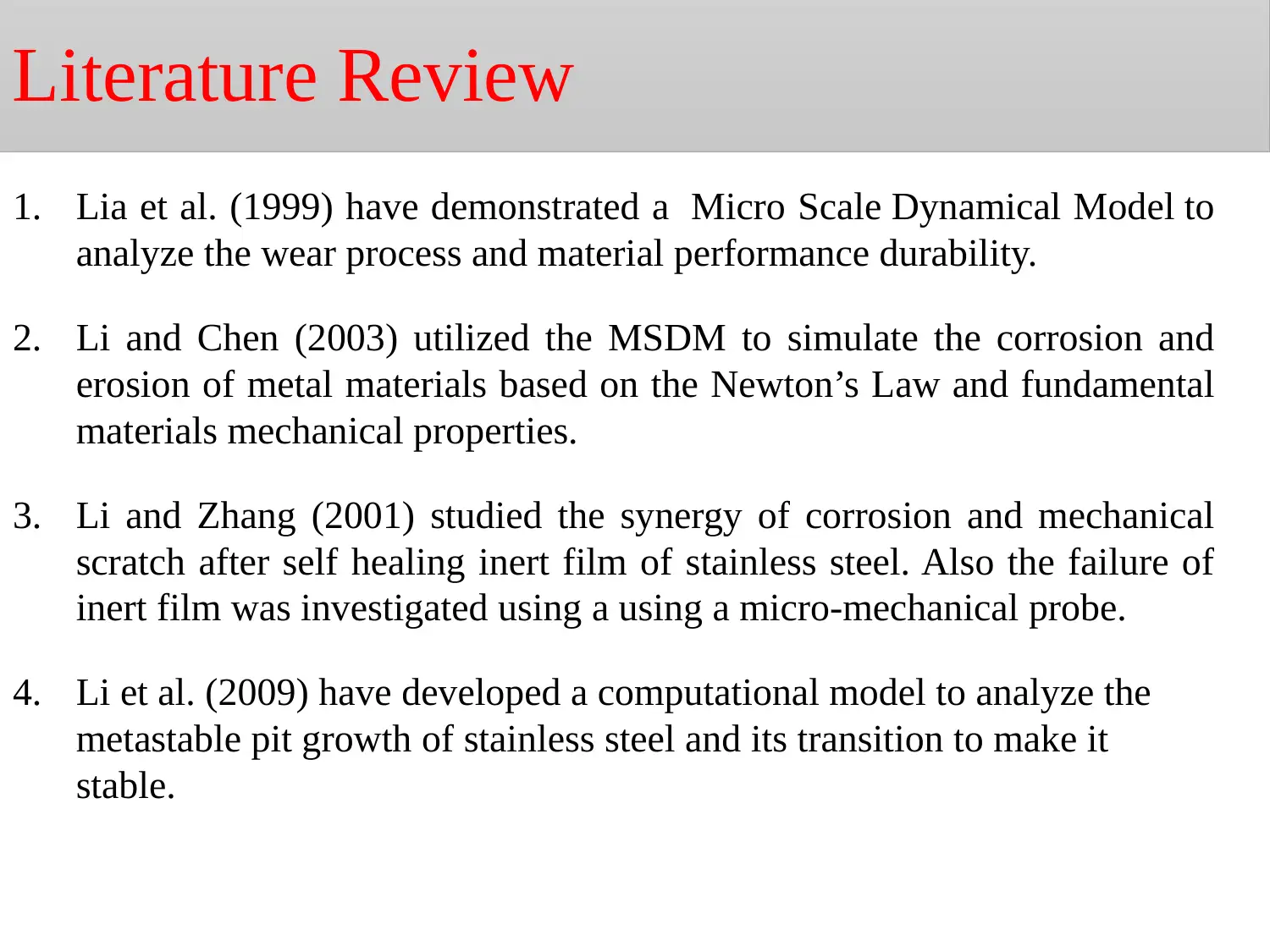
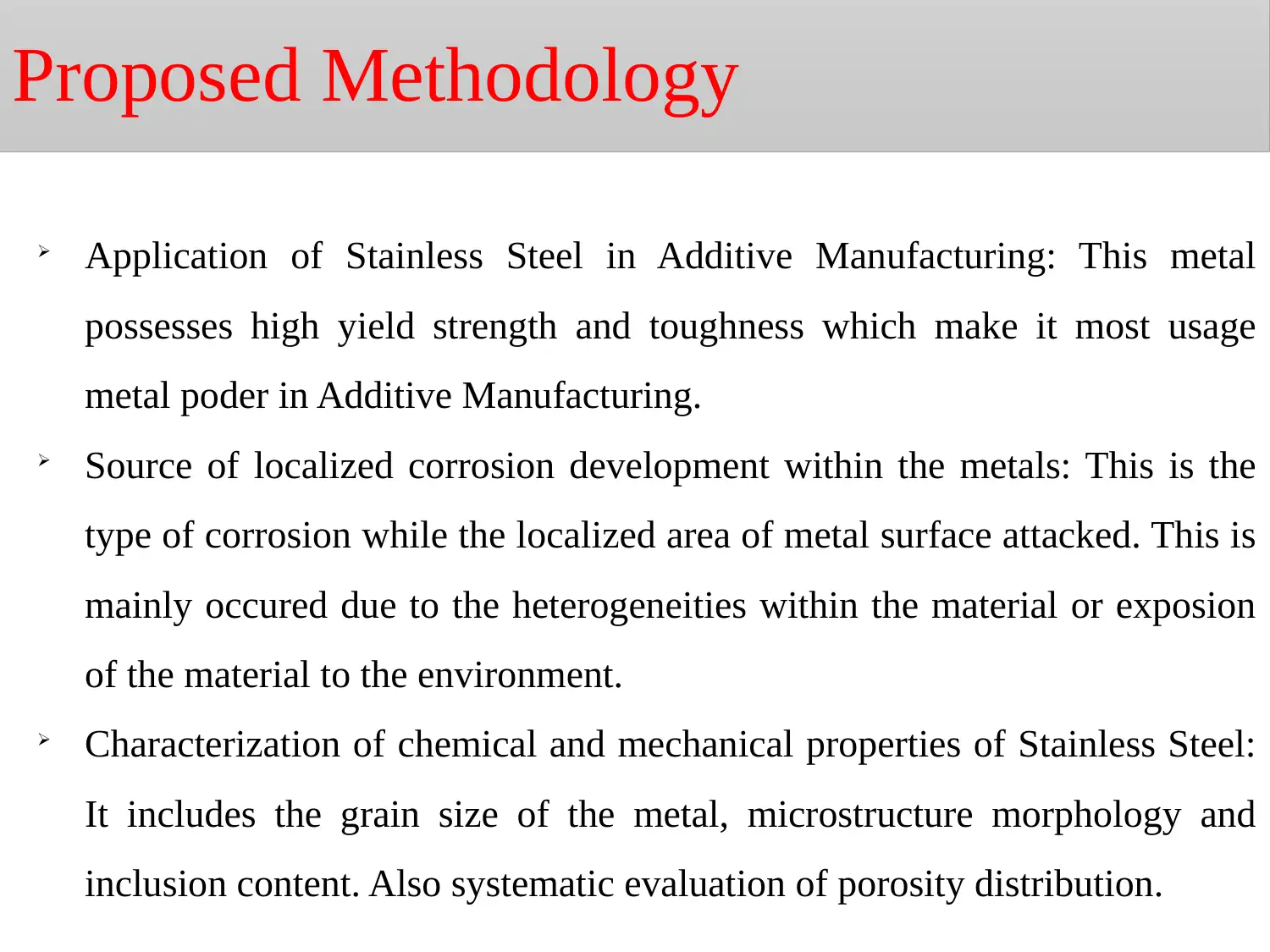
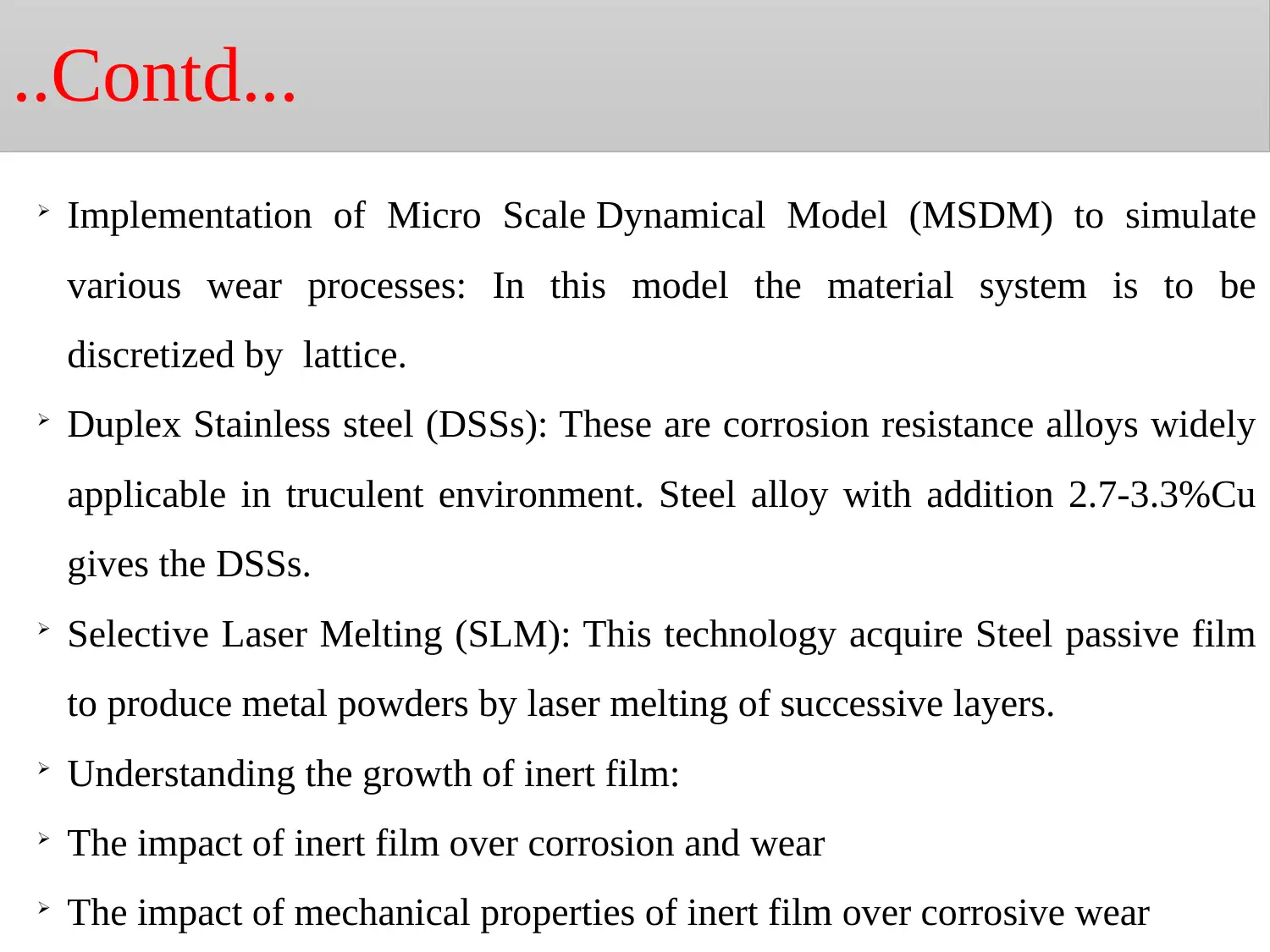
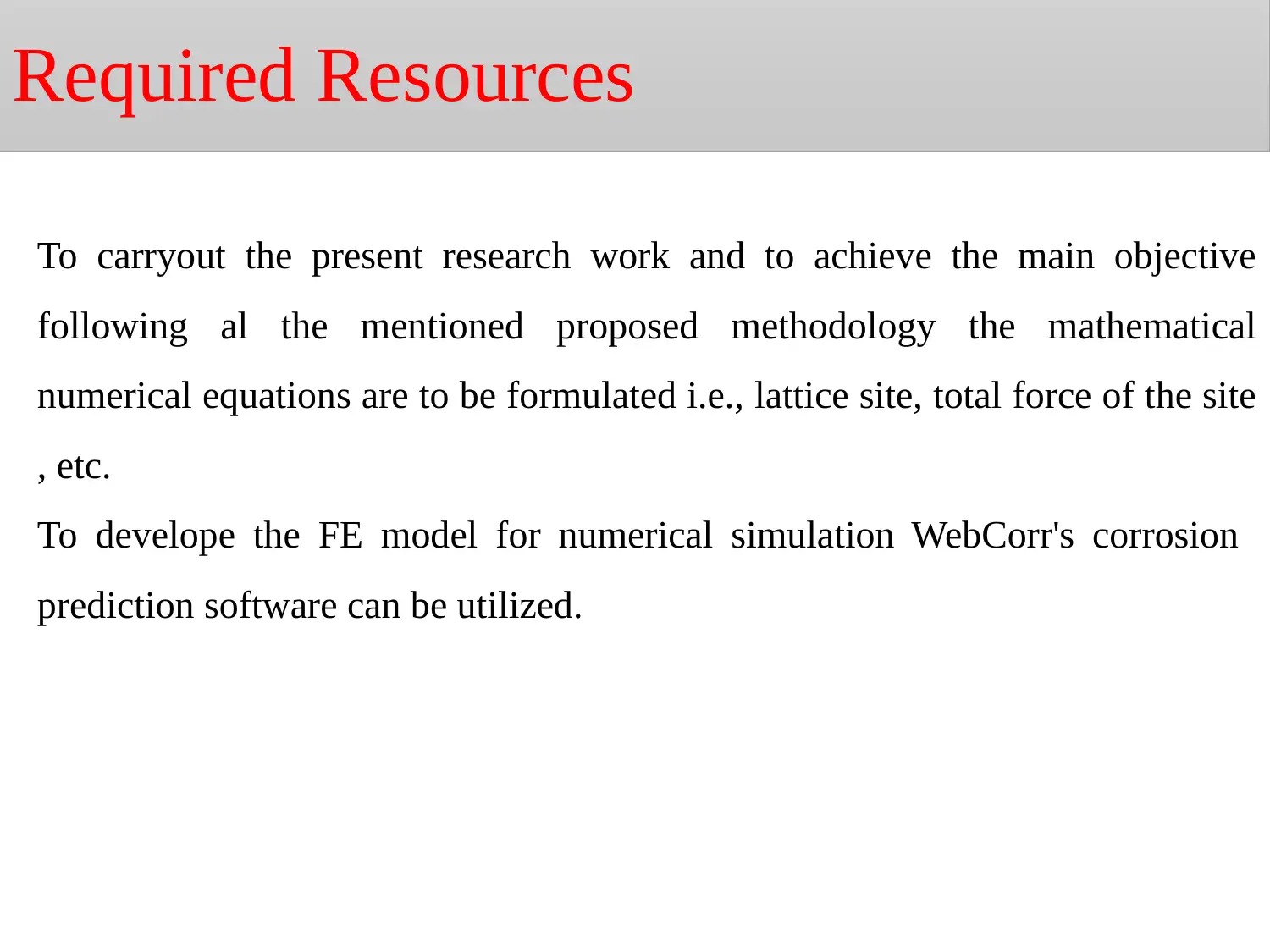
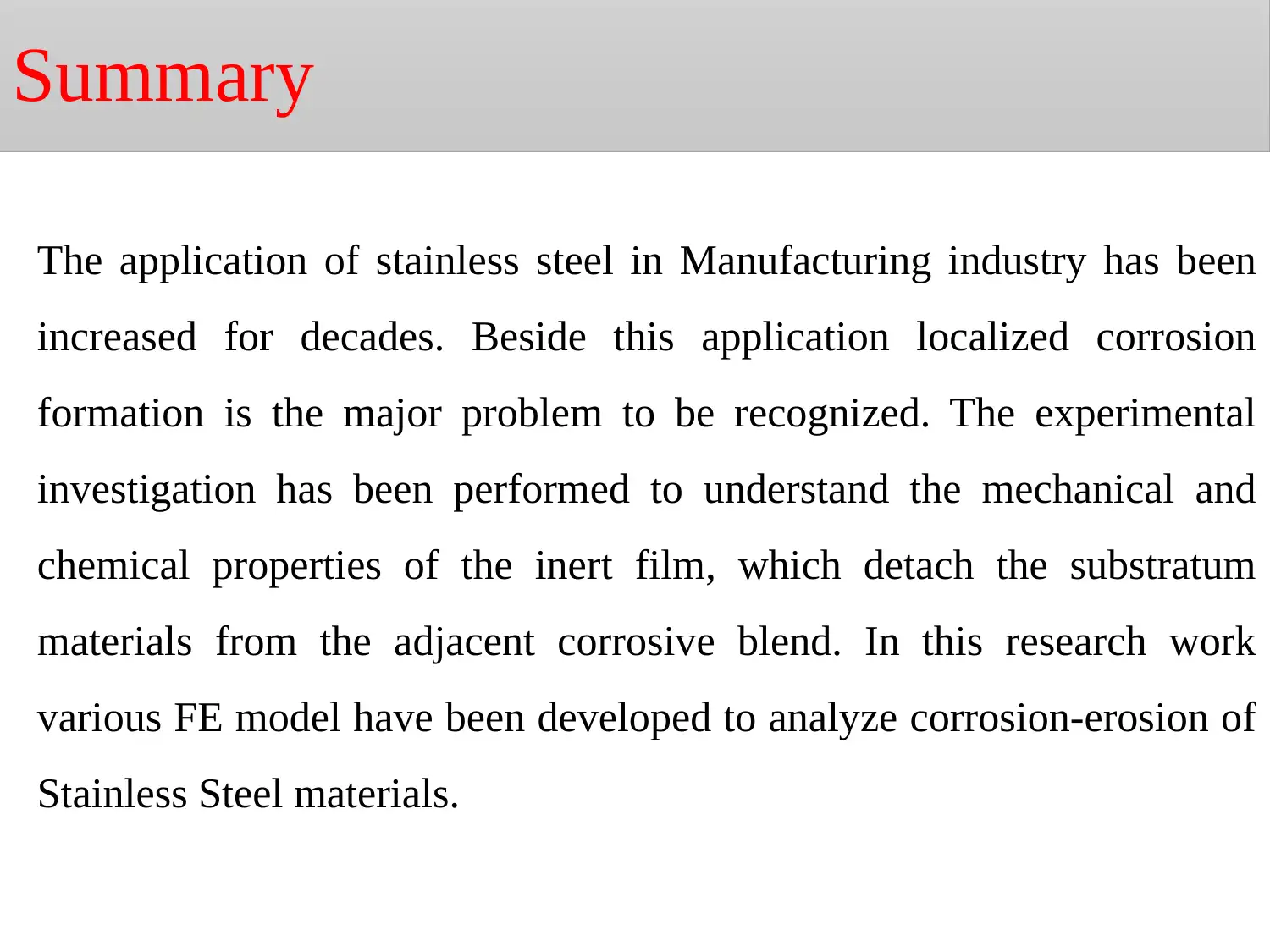
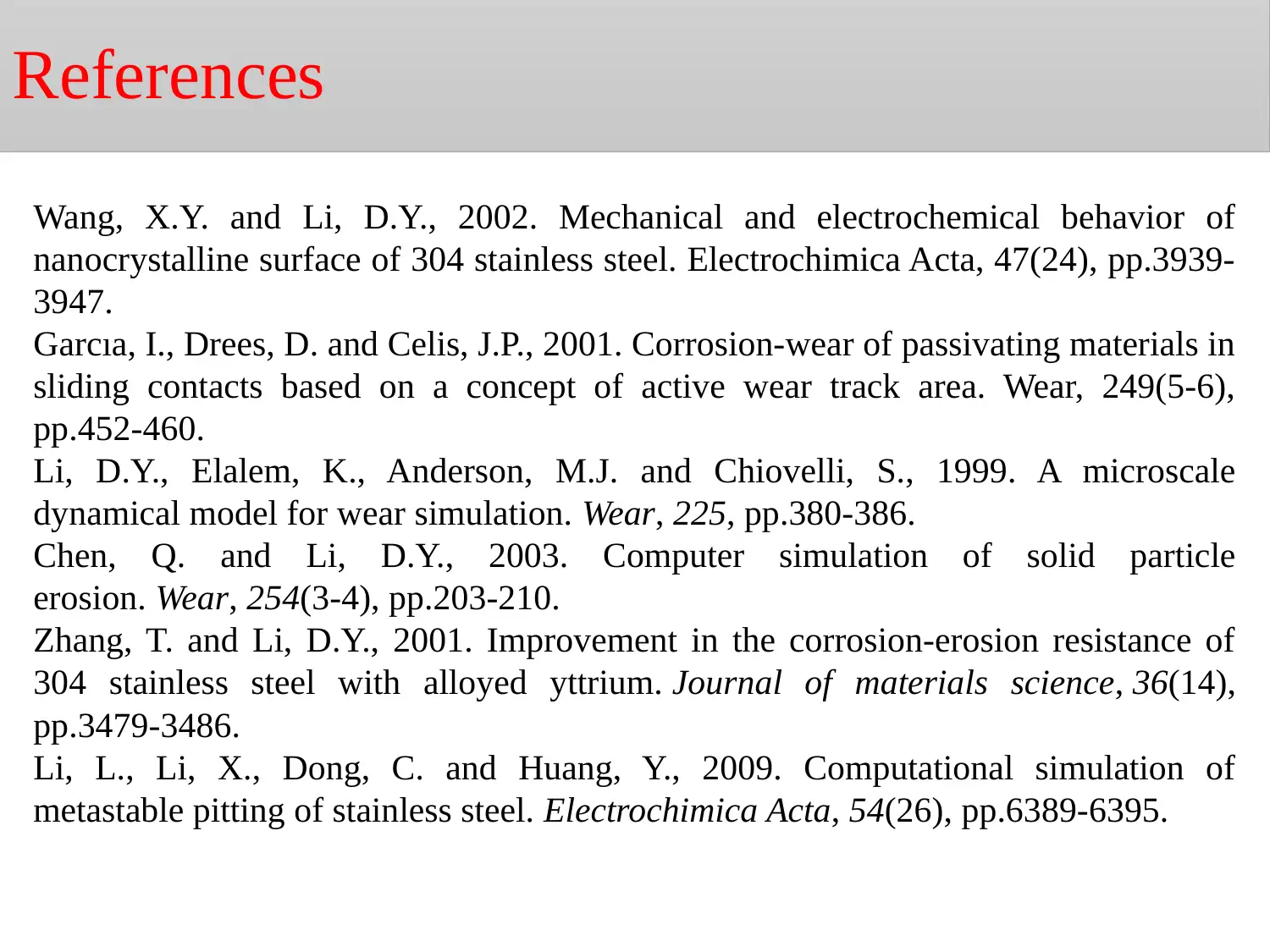



![[object Object]](/_next/static/media/star-bottom.7253800d.svg)